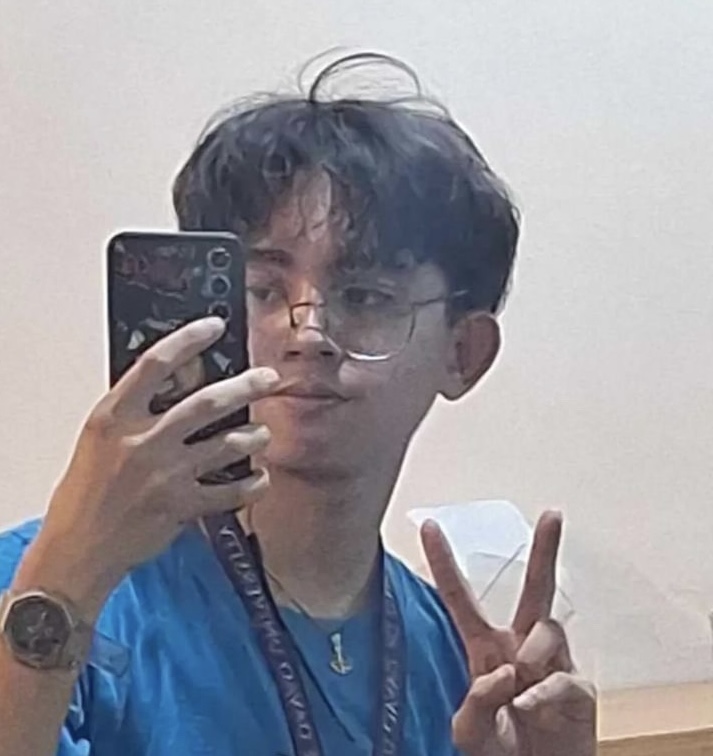2.6 Intravascular Anticoagulants
Cards (38)
- What do intravascular anticoagulants prevent?
- What is the most important factor preventing clotting in the vascular system?
- What role does glycocalyx play in clotting prevention?
- What is thrombomodulin's function in the endothelial membrane?
- How does the thrombomodulin-thrombin complex affect protein C?
- What happens when the endothelial wall is damaged?
- What activates Factor XII and platelets upon endothelial damage?
- What enhances the activation of Factor XII and platelets?
- What are the two main anticoagulants that remove thrombin from the blood?
- How much thrombin becomes adsorbed to fibrin fibers during clotting?
- What does the adsorption of thrombin to fibrin fibers prevent?
- What happens to thrombin that does not adsorb to fibrin fibers?
- How long does it take for antithrombin III to inactivate thrombin?
- What is heparin's role as an anticoagulant?
- Why does heparin have significant anticoagulant effects only under special conditions?
- How much does heparin increase the effectiveness of antithrombin III?
- What does the heparin-antithrombin III complex remove besides thrombin?
- Where is heparin produced in the body?
- Why are large quantities of heparin needed in the lungs and liver?
- What are the key factors preventing blood clotting in the normal vascular system?
- What are the mechanisms of action for heparin as an anticoagulant?
- What is the euglobulin called that is involved in clot lysis?
- What does plasminogen become when activated?
- What type of enzyme is plasmin?
- How does plasmin compare to trypsin?
- What does plasmin digest?
- Name two protein coagulants that plasmin digests.
- What happens when plasmin is formed?
- What can result from the destruction of clotting factors by plasmin?
- What is trapped in a clot when it is formed?
- What activates plasminogen to form plasmin?
- When is t-PA released?
- What does t-PA convert plasminogen into?
- What happens to the blood clot after t-PA acts on plasminogen?
- What is one important function of the plasmin system?
- What could happen if minute clots are not cleared from vessels?
- How does the role of plasmin contribute to hemostasis?
- If a patient has excessive clotting, what might be a potential issue with plasmin activity?
